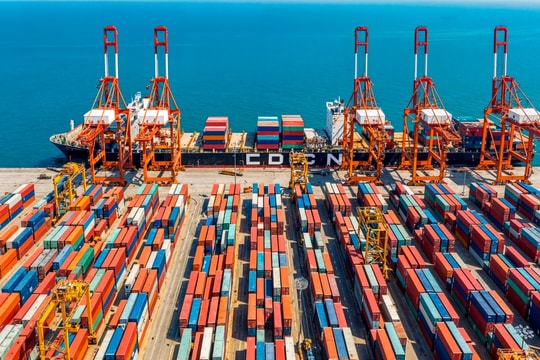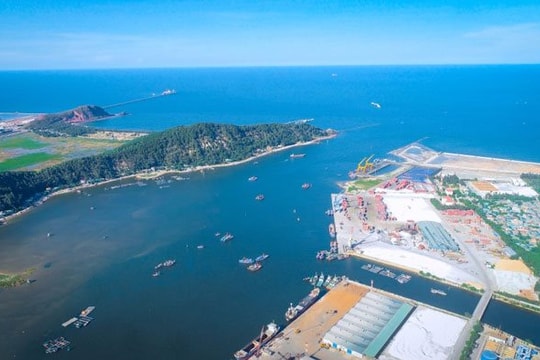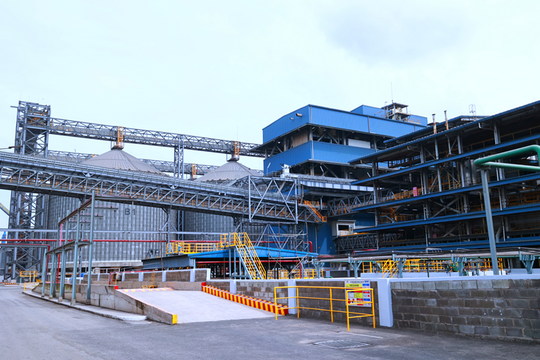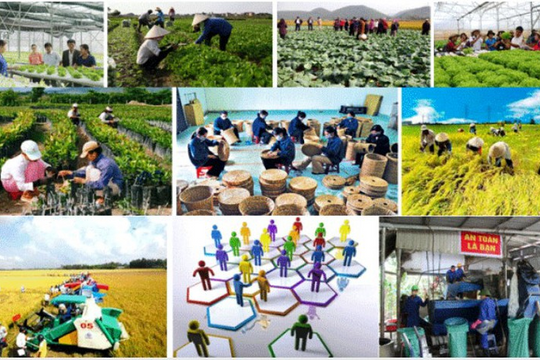Rising Operating Costs – The Biggest Challenge for Logistics Businesses
Before Decree 168/2024/NĐ-CP took effect, many transportation businesses were already operating with razor-thin profit margins of just 3-5% due to rising fuel, vehicle maintenance, and labor costs. With the decree’s implementation, additional expenses have placed these companies in even greater financial difficulty.
Three Key Factors Driving Cost Increases:
1. Increased Demand for Drivers
The decree limits drivers to a maximum of 10 hours per day and 48 hours per week, down from the previous 60-65 hours per week. As a result, companies must hire additional drivers to maintain the same transportation capacity. A logistics company that previously needed 100 drivers now has to recruit 20-30% more personnel, significantly increasing payroll and benefits costs.
2. Higher Violation Penalties
Decree 168/2024/NĐ-CP has raised penalties by 10% to 1,000% for violations related to driving hours, alcohol levels, speeding, and vehicle safety standards. This not only creates additional financial pressure on businesses but also forces them to invest more in training to avoid fines.
3. Rising Fuel and Maintenance Costs
Stricter emission standards from 2025 will prohibit older trucks that fail to meet new regulations from operating unless their engines and exhaust systems are upgraded. Many companies have had to invest in new vehicles or replace parts, increasing operating costs by 10-15% compared to before.
.jpg)
.jpg)
Supply Chain Disruptions and Declining Delivery Performance
The changes in transportation policies have not only impacted logistics companies but have also created a domino effect throughout the supply chain, particularly in industries that heavily rely on logistics services, such as e-commerce, food & beverage, and industrial manufacturing.
Impacts:
1. Longer Delivery Times
According to surveys, 67.5% of businesses reported a delivery time increase of over 10%. Same-day delivery services offered by e-commerce companies like Shopee, Lazada, and Tiki have been severely affected.
2. Decline in On-Time Delivery Rates
Previously, on-time delivery rates were 97%, but after one month of decree enforcement, they have dropped to 70-89%, affecting contracts and corporate reputations. For businesses operating under the Just-in-Time manufacturing model, delivery delays in raw materials can disrupt entire production lines.
3. Reduced Transportation Efficiency
Previously, a driver could complete 5-6 long-haul trips per day. Now, that number has dropped to 3-4 trips, significantly reducing operational efficiency.
Logistics Center Congestion:
- In Ho Chi Minh City, goods have been piling up as businesses struggle to adjust their transportation schedules.
- At Cat Lai and Hiep Phuoc ports, container backlogs have increased by 15-20% due to longer delivery times.
How Businesses Are Adapting to These Major Changes
Despite these challenges, some businesses have proactively sought ways to mitigate risks and optimize operations.
.jpg)
.jpg)
Conclusion
One month into its implementation, Decree 168/2024/NĐ-CP has had significant impacts on Vietnam’s logistics and supply chain industry. Increased operating costs, reduced delivery performance, and congestion at logistics hubs are pressing challenges businesses must navigate.
However, with proper preparation, the adoption of technology, and process optimization, companies can turn these challenges into opportunities to enhance operational efficiency and achieve sustainable long-term growth.


.jpg)
.jpg)
.jpg)
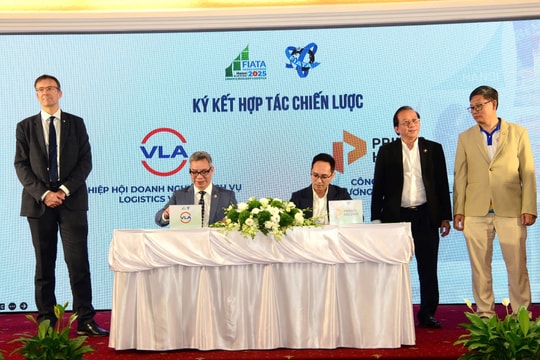

.jpg)
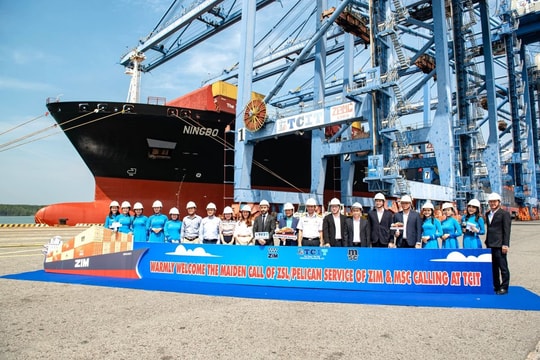




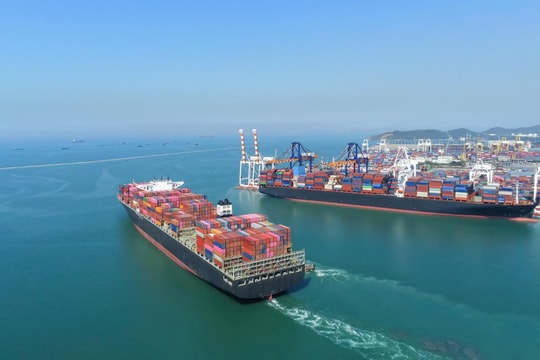

.png)


